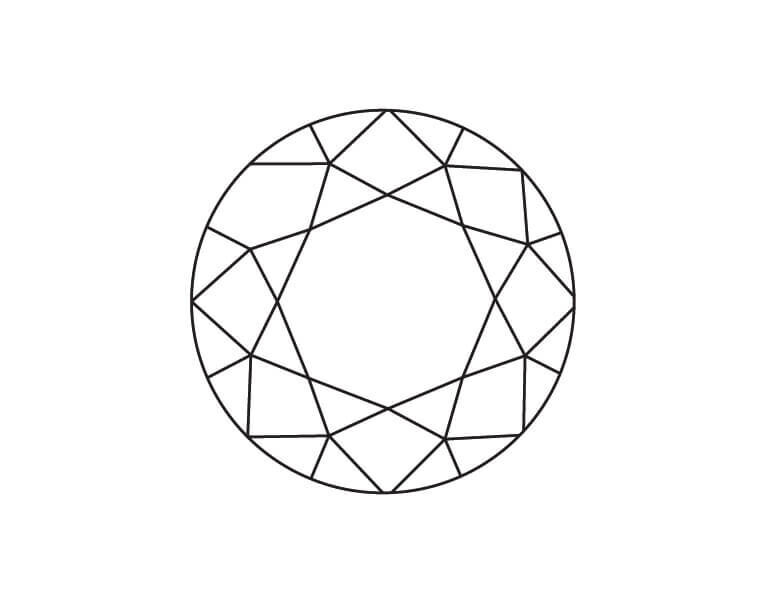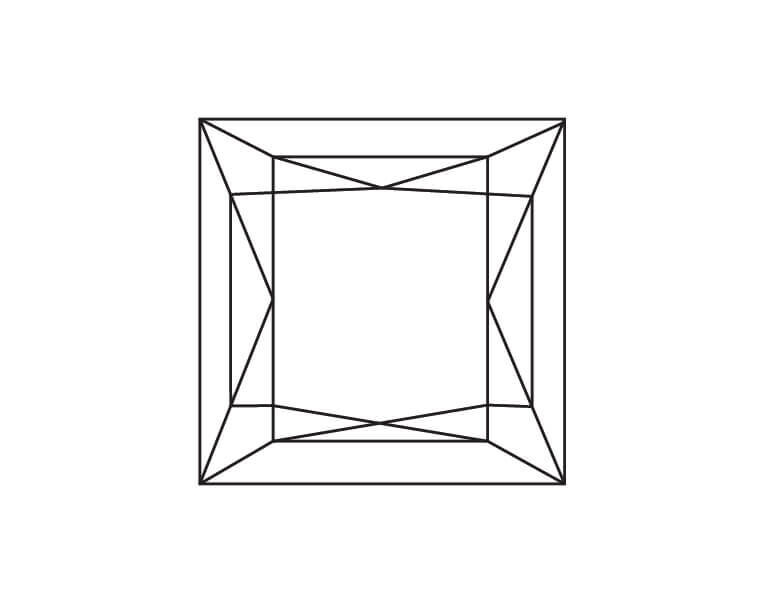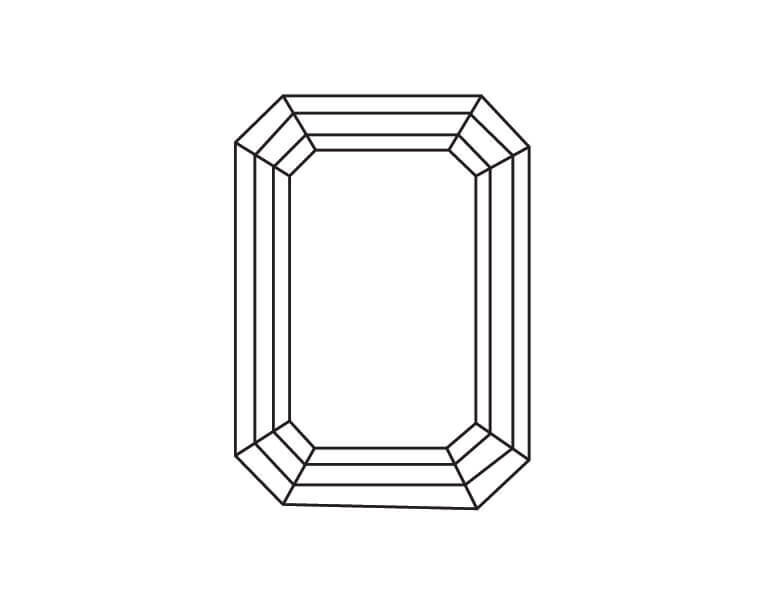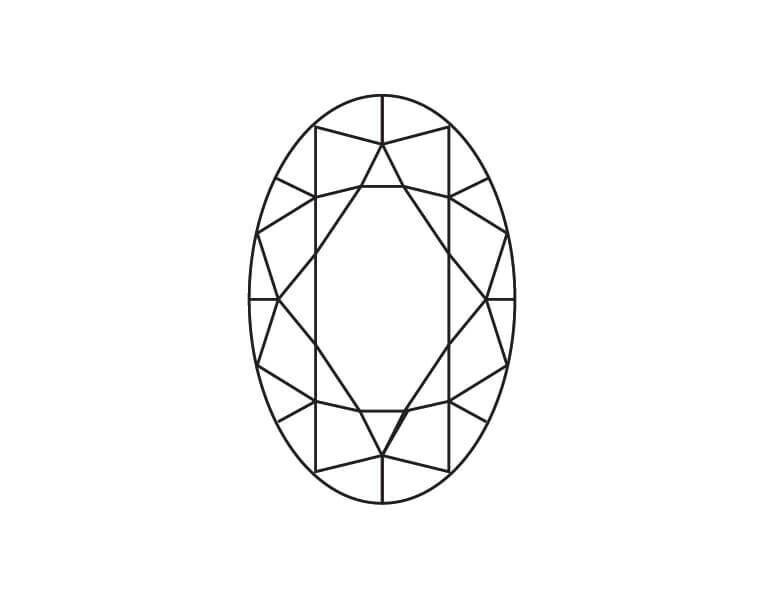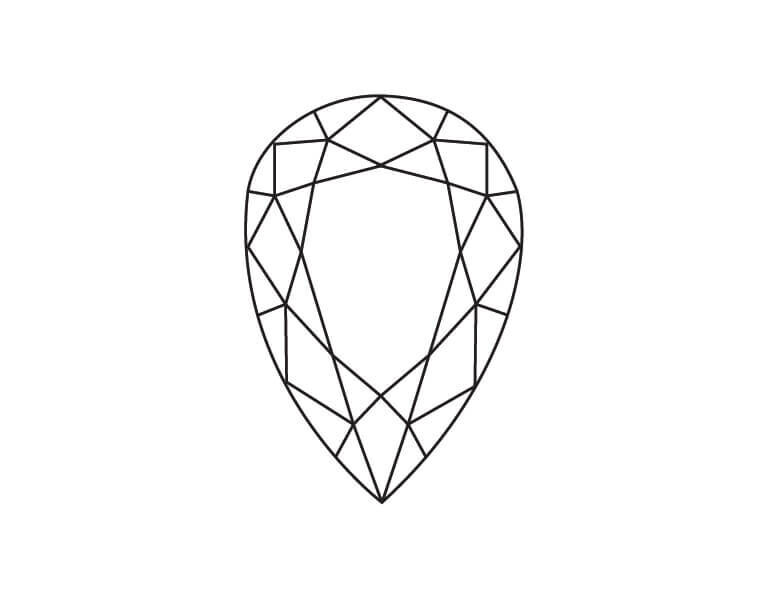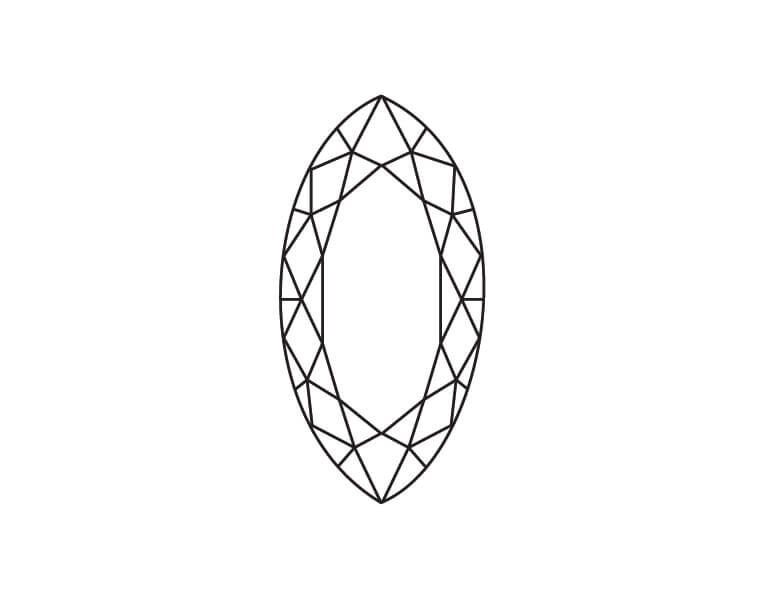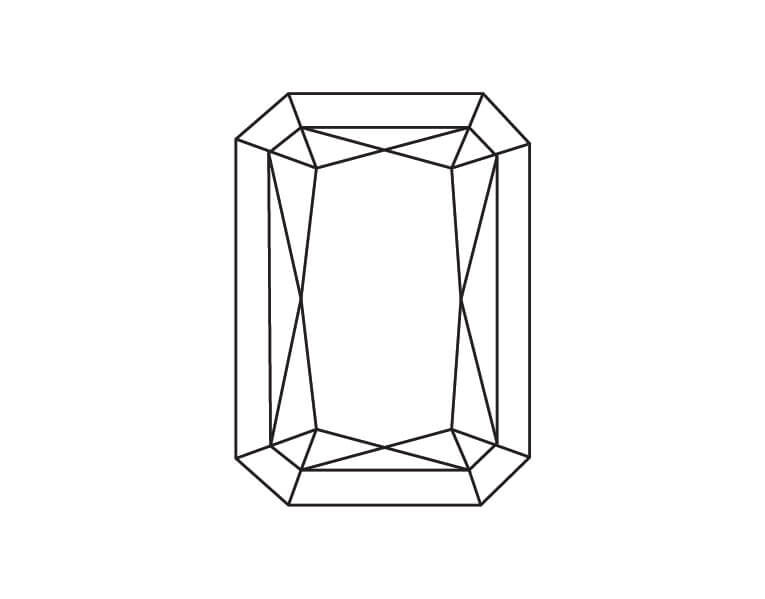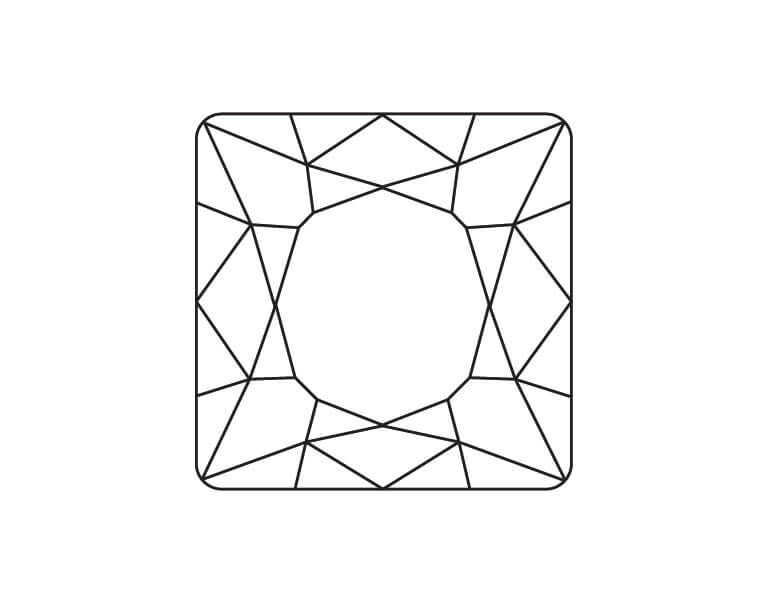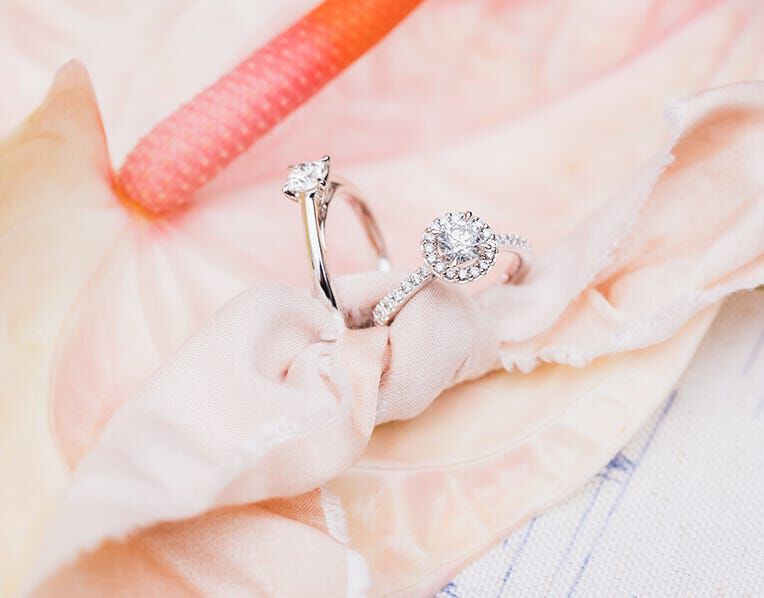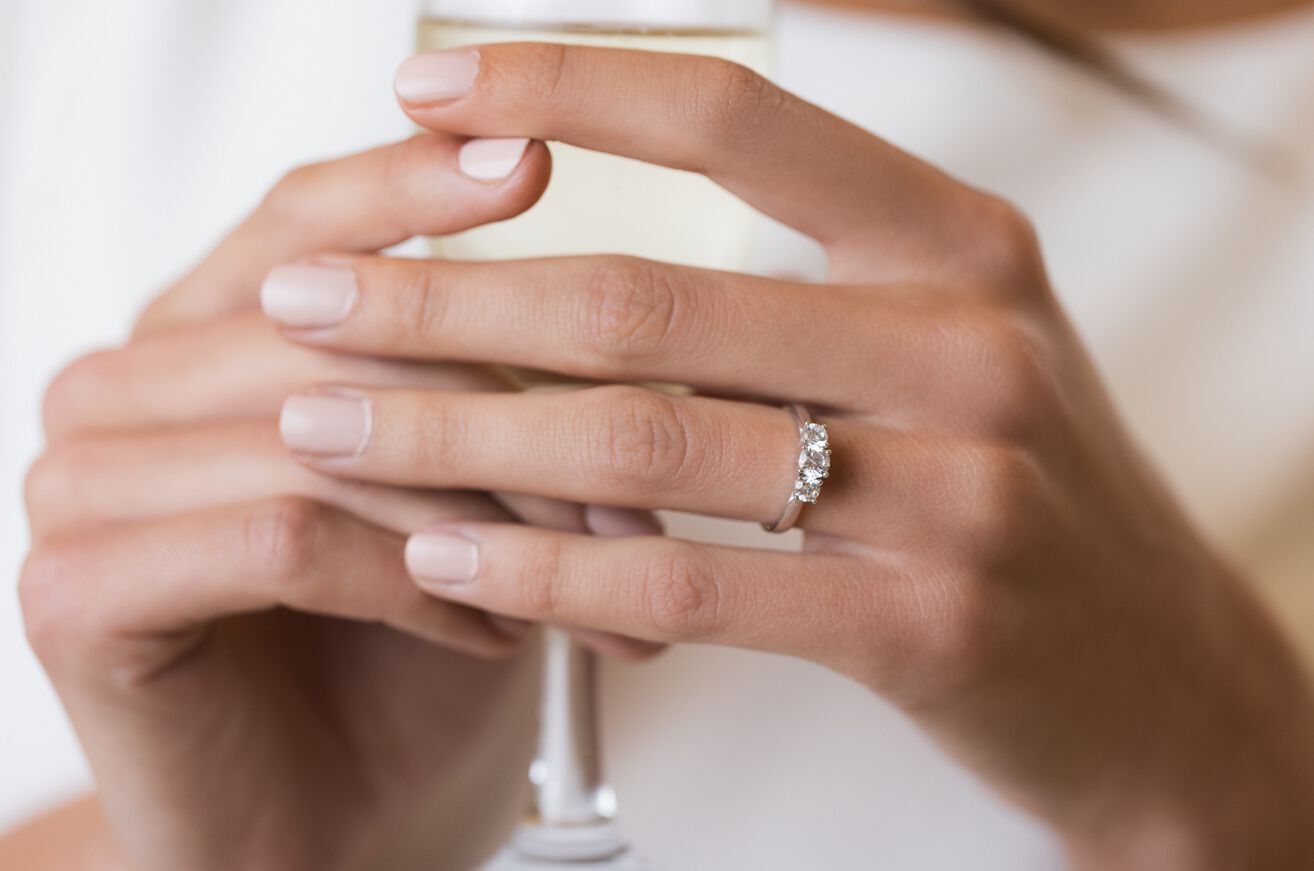How to Buy a Diamond
The Origin of Diamonds
No gemstone is as rare, beautiful and precious as a diamond. It's little wonder then that, over the centuries, the diamond has become known as the ultimate symbol of love and is at the heart of every celebration.
At Fields we're passionate about diamonds, and every piece of diamond jewellery we offer has been selected with love and care. We understand that diamond jewellery is a significant purchase - emotionally and financially.
Buying a diamond should be a magical, truly special experience and that's exactly what we want you to have.
Top Tips for Buying a Diamond Ring
- Set your budget and stick to it. You don't have to spend a fortune to get a beautiful diamond ring. Familiarise yourself with the 4 Cs (Carat, Colour, Cut, Clarity) - the characteristics that determine a diamond's value and beauty. This will help you choose the right diamond for your budget and taste.
- Learn about the different diamond shapes. There's a diamond shape to suit every style. Buy with confidence. Only buy your diamond ring from a reputable, trusted jeweller.
- Love at first sight. In our experience, if you fall in love with a diamond ring, that's the one you have to own. 4.
- Cherish your diamond ring. With the right love and care, your diamond ring will last forever. It's important to have it cleaned and checked regularly by an expert jeweller.
Fields have over 40 years of retail experience. We are passionate about diamonds and we want to help you make the best choice.
Carat
The carat is a reference to the weight of a diamond. A one carat diamond is equivalent to 0.2 grams. One carat is divided into 100 points, so a diamond of 25 points is described as 0.25 carats.
It may be hard to believe that approximately 250 tons of ore must be mined and polished in order to produce a single, one-carat polished diamond.
The carat weight stated for a piece of diamond jewellery with multiple stones is the total weight of all the diamonds in it.
Colour
Colour is perhaps the most important characteristic of a diamond. Ideally, colour should be totally absent as the clearer the diamond, the more light will pass and refract through it, and therefore the rarer it will be.
One of the most internationally used scales is the GIA (Gemmological Institute of America) scale which grades colour from D to Z.
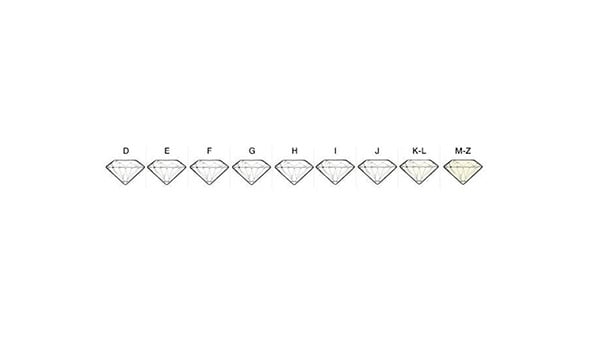
At Fields we only state diamond colour grade on our certificated diamonds.
Cut
Good proportions reflect light between the facets and up through the crown. Too shallow or deep a cut lets some light escape through the pavilion.
Many people confuse cut with the shape.
The cut of the diamond refers to the brilliance. It will dramatically influence the fire and sparkle of the diamond.
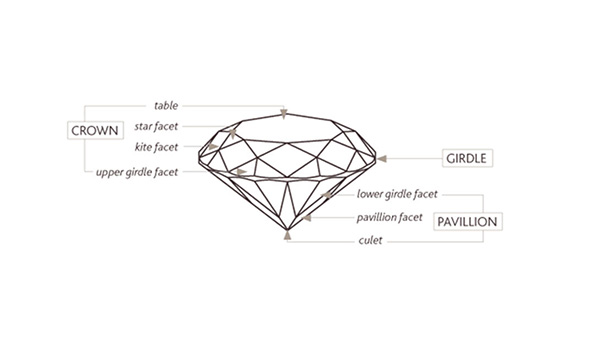
Clarity
The clarity of a diamond is assessed by examination of its imperfections, normally under a 10x magnification. Nearly all diamonds contain traces of non-crystallised carbon called inclusions.
Inclusions are also referred to as "nature's fingerprint". The fewer there are, the rarer the diamond will be.
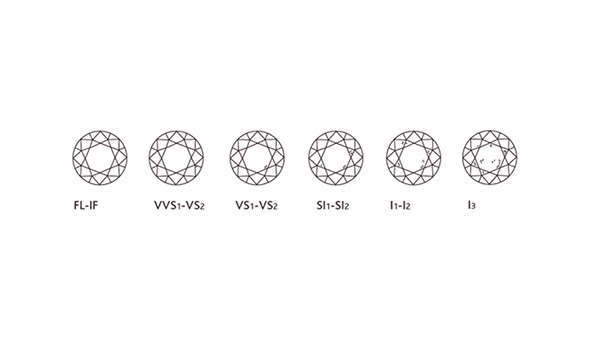
Diamond Shapes
Diamond shape is all-important when you're buying a piece of diamond jewellery and even more so when it comes to buying a diamond engagement ring in which the sparkling gem takes centre stage. Every diamond shape has its own story and you should choose the shape that’s right for you and your story. Shape refers to the outline of the gem when viewed from above. All diamond shapes that are not round brilliant are known as fancy shapes. Fancy diamond shapes were developed to make the most of rough diamonds that didn't suit the classic round brilliant diamond.
Diamond Settings
At Fields we choose the settings for our diamonds to maximise each stone's beauty while ensuring it stays securely in place. With an array of diamond settings available, here's a quick guide to some of our favourites.
Claw Setting
A classic setting for diamonds, also known as a prong setting, claw settings allow light to enter the stone, showcasing it to its breathtaking best. Four claw settings offer a contemporary look, while six and eight claw settings are more traditional. Larger diamonds, however, may require a six or eight claw setting in order to be held securely. Suitable for most diamond shapes, claw settings are particularly popular for round brilliant solitaires, creating diamond engagement ring and jewellery with timeless appeal. A channel setting allows for multiple diamonds to be set closely together within a "channel" of precious metal, creating a seemingly continuous glistening row. Suitable mainly for round brilliant, emerald cut, princess cut and baguette diamonds, a channel setting is a popular way of setting diamonds into a ring's shoulders and also makes for beautifully scintillating diamond eternity rings and wedding rings.
Rubover setting
Also known as a bezel setting, the rubover setting uses a collar of precious metal which wraps over the edge of the diamond. An extremely secure setting that also protects the diamond, a bezel setting can create a bold, modern look in diamond jewellery.
Pavé Setting
Named for the French for paved, in pavé settings multiple small diamonds are set closely together and close to the surface of jewellery to create an unbroken expanse of shine and brilliance. The jewellery uses small metal beads to set the diamonds with the aim of showing as little of the metal as possible for a true diamond-encrusted look. Most suitable for round brilliant diamonds and particularly popular in diamond dress rings and pendants, a pavé setting often results in jewellery with a vintage feel.
Tension Setting
In tension settings, the diamond is held in place by the pressure of the metal so that the stone appears to gracefully float. Requiring a thicker band than for other diamond settings, the metal is spring-loaded to exert pressure on the diamond while teeny grooves create a shelf on which it rests. Creating a striking look, a tension setting allows the maximum light to pass through the stone and offers a stunning backdrop for diamond rings and jewellery.
Caring for your diamond ring
A clean diamond has a beautiful fire and a brilliant sparkle. Everyday products such as skin cream, soap, oils and cosmetics can dull your diamond’s natural radiance.
Keep your diamond clean and gleaming. Here are some tips on how to keep your diamond at its best:
Our Complimentary Cleaning Service: At Fields, we want your diamonds to look their best at all times, this is why we offer a complimentary cleaning service. This service includes a professional cleaning and inspection of your diamond ring. Call in to any of our stores and a member of staff will be happy to assist you.
Cleaning Solution: Use our recommended liquid jewellery cleaning solution, which is available in all 13 Fields stores nationwide. The liquid cleaner is the ideal home-solution to keeping your diamond as beautiful as they day you bought it.
Mild Detergent Bowl: Make up a small bowl of warm water and a mild cleaning detergent – liquid washing liquid or liquid soap. Place your diamond jewellery into the bowl and use a small soft toothbrush to gently clean the jewellery.
Rinse the jewellery thoroughly after cleaning and pat dry with a Fields Gold and Diamond Cloth, or a soft lint-free cloth.
Fields' Diamonds are Conflict-Free
Fields subscribe to the Kimberley Process (KP) www.kimberleyprocess.com, a joint initiative between governments, industry and society which restricts the flow of Conflict Diamonds, used in the financing of wars against legitimate governments.
The KP uses traceability systems in order to ensure that rough diamonds are shipped via tamper-proof methods and are government-certified as conflict-free. Under this process, shipments lacking legitimate certification will be rejected or impounded. As the diamonds continue their journey through the market, they are further certified as compliant with the Kimberley Process.
We insist that all our diamond and diamond product suppliers subscribe to the Kimberley Process and state this on their supply documentation. Hence, we warrant that all diamonds sold by Fields come from suppliers that adhere to the Kimberley Process.
